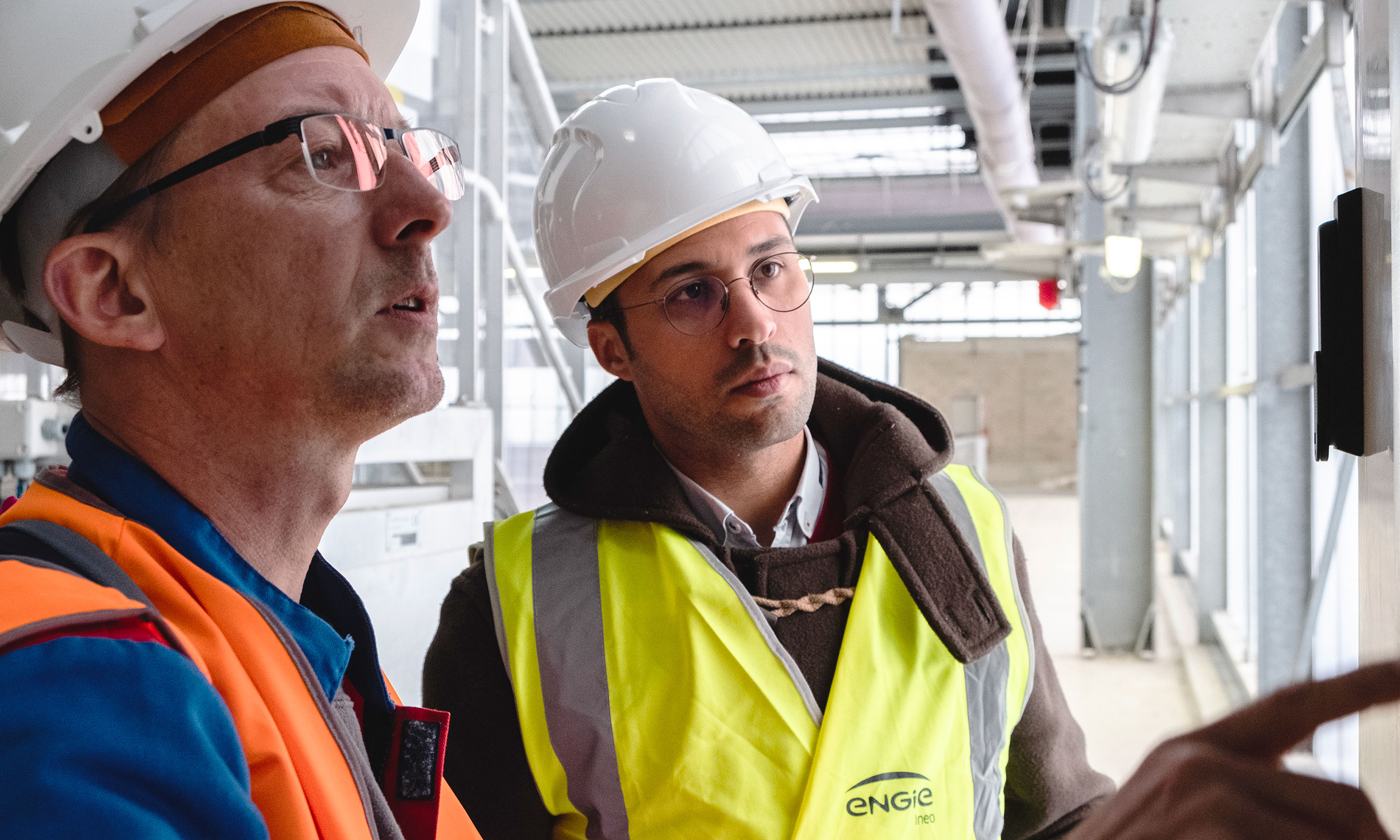Empathize
Everybody thinks they know their users, but do they? What about you, do you really know your users?
The Empathize phase is about zooming in on your users' latent needs, feelings, objectives, motivations, and pain points, and relying on their experience with the product and the environment. You are probably familiar with benchmarks and marketing researches, but they are not sufficient in a user-centric approach. This empathizing phase is essential to put the user in the center of the project, to work with users, and design a product for them.

Objectives
- Engage with your key stakeholders to understand the strategical context of your project.
- Get a deep understanding of your users' needs and share the insights with the whole team.
- Meet with your internal experts and swipe the market to identify the state of the art of your field.
Tools and methods you'll need and why
The way we do it at ENGIE
Do you know how users live, the life patterns your product is used in and how they use it? This is the aim of the empathy phase – meet, observe the users to really get to know them.
Designers use several techniques to research their users and analyze the context.
This is an essential stage of designing a user-centric product.
Within a user-centric approach, meeting and talking with end-users cannot be skipped because this is when you
will make sure your product will be the perfect solution for them. So be prepared to invest time and budget on
it, you will not regret it!
The empathize phase could take from 15 days to 6 months, with one or several designers. This stage has to be included into the project planning on the project team's side and on users' side too. Sometimes the user research can be complex and will need some experts like Sociologists, Urbanists, Ethnographers or functional experts.
This stage has to be included into the project planning for both project and users' side too.
As a PO/BO or project manager, your role is to create a communication channel between designers and users. Identify relevant stakeholders, users and propose communication rituals as well between designers and the product team as well.
When the research is over, you have to analyze the outputs (Insights, Journeys, Personae, Market landscape). The points you focus on during the analysis can radically change the direction you take in the next step.
Your idea might evolve depending on the complete picture of the market environment the team will then develop (which will include users, stakeholders, competitors and multiple external factors). It is now time to zoom back on your service/product concept.


How to test at this stage
During the empathize stage, the designer first tests his assumptions with the user's reactions when he presents his ideas.